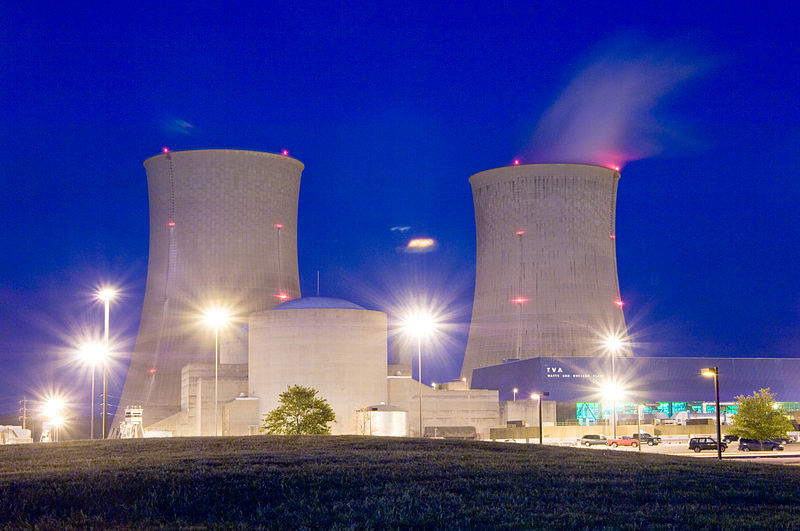As the US nuclear fleet ages, one lab group hopes to give it a second wind
Ars Technica » Scientific Method 2019-01-14

Enlarge / The Watts Bar nuclear power plant in Tennessee. (credit: Tennessee Valley Authority / Flickr)
Nuclear power provides roughly 20 percent of the United States' electricity and about half of its low-carbon electricity. Whether you think nuclear power is a good or a bad thing, the fact is that the existing nuclear power fleet contributes a significant amount of energy to the US grid, and all that capacity is rapidly approaching its sunset years.
Most nuclear power plants were built in the 1970s and '80s and were planned around a 40-year lifespan. Only one new nuclear reactor has been put into commission since the '90s. This presents a problem: the US is facing a fast-approaching loss of a significant source of zero-carbon electricity, which it can either replace that with intermittent renewables or fossil fuels. The first option may require expensive storage to smooth out the times when wind or sun are not available, and the second is undesirable given the nature of climate change.
One group at the Oak Ridge National Laboratory is trying to help utilities and energy companies extend the lives of their aging reactors. The Consortium for Advanced Simulation of Light Water Reactors (or CASL, for short) has been building and refining a reactor modeling program called VERA (an acronym for Virtual Environment for Reactor Applications), which offers high-resolution computer modeling of nuclear reactor equipment.